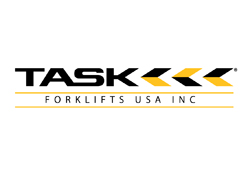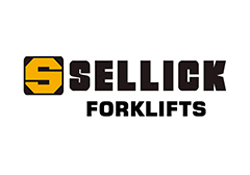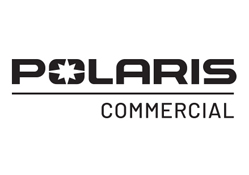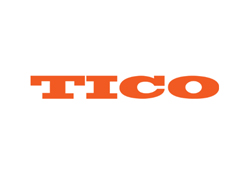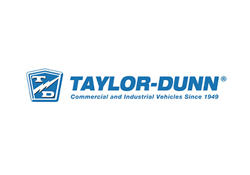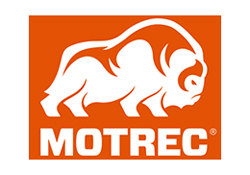Maximize Warehouse Efficiency: The Rise of Electric Forklifts in Modern Logistics
As the logistics industry continues to evolve, the adoption of Electric Forklifts has become a pivotal factor in enhancing warehouse efficiency. According to a recent industry report by Grand View Research, the global electric forklift market is projected to reach $38.7 billion by 2025, with a compound annual growth rate (CAGR) of 6.9%. This surge is driven by the increasing need for sustainable and energy-efficient solutions in material handling. Electric Forklifts not only reduce carbon emissions but also offer operational cost savings through lower energy consumption and reduced maintenance requirements compared to their internal combustion counterparts.

Additionally, the rise of e-commerce has necessitated faster and more reliable logistics operations, making Electric Forklifts an ideal choice for maximizing productivity in modern warehouses. As businesses strive to optimize their supply chains, understanding the benefits and implementation strategies for Electric Forklifts will be essential for maintaining a competitive edge.
Understanding the Need for Electric Forklifts in Modern Warehousing
In the rapidly evolving world of logistics, electric forklifts are becoming indispensable for modern warehousing operations. As consumer expectations for faster delivery times intensify, warehouses are adapting by implementing intelligent solutions that not only enhance efficiency but also reduce their environmental footprint. Electric forklifts, with their zero-emission designs, offer a sustainable option that aligns with the push for greener practices in the industry. Their lower maintenance costs and advanced technology further contribute to increased productivity, making them an attractive choice for businesses looking to optimize operations.
Moreover, the forklift market is experiencing robust growth, driven by the rising demand for efficient material handling solutions. Projections indicate that the global forklift market will reach significant milestones in the coming years, highlighting the critical role that electric forklifts play in modern warehousing. As companies strive to improve their logistics processes, investing in electric forklifts positions them to meet the challenges of tomorrow's supply chains while fostering a safer and more efficient working environment.
Key Benefits of Electric Forklifts Over Traditional Models
Electric forklifts are revolutionizing modern logistics, offering significant advantages over traditional models. With zero-emission designs, these forklifts not only contribute to environmental sustainability but also align with stricter emission regulations emerging globally. As the global forklift market is projected to grow from $81.44 billion in 2025 to an impressive $154.99 billion by 2030, the push towards electric models is becoming increasingly prominent, driven by growing e-commerce and warehouse automation.

In addition to their environmental benefits, electric forklifts entail lower maintenance costs and enhanced operational efficiency. The shift from lead-acid to advanced lithium-ion batteries has transformed the performance of these vehicles, providing greater energy efficiency and durability. Recent advancements in smart technology further enable operators to optimize material handling processes. Companies are increasingly adopting electric forklifts to enhance productivity while reducing costs, positioning themselves for success in an increasingly competitive marketplace.
Impact of Electric Forklifts on Operational Efficiency and Cost Savings
The impact of electric forklifts on operational efficiency and cost savings in modern logistics cannot be overstated. As warehouses evolve to meet the demands of faster deliveries and cleaner operations, electric forklifts have emerged as a key player in optimizing logistics processes. The electric forklift market, projected to grow significantly from an estimated $85.1 billion in 2024 at a compound annual growth rate (CAGR) of 4.6% through 2034, highlights the increasing reliance on these machines for sustainable operations.
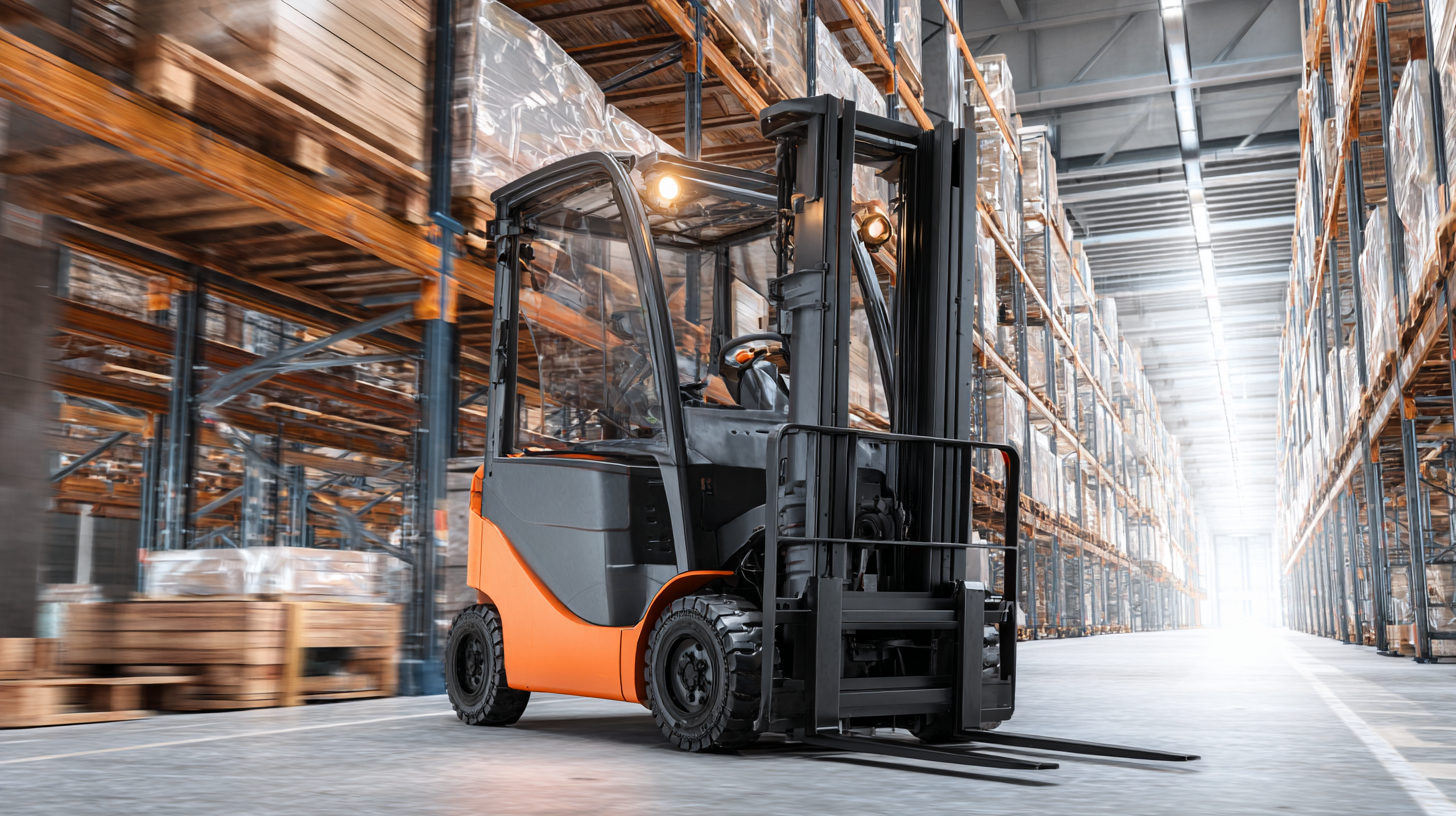
Transitioning to electric forklifts offers tangible benefits beyond just environmental considerations. These vehicles provide zero-emission designs, minimizing the carbon footprint associated with material handling activities. Moreover, they typically incur lower maintenance costs compared to traditional internal combustion models, further enhancing cost-effectiveness.
Companies adopting electric forklifts are not only streamlining their operations but also aligning with the broader industry shift towards sustainability, thereby improving their overall operational efficiency while potentially increasing profitability. Such advancements are essential as organizations strive to create agile and responsive supply chains in an ever-competitive market.
Sustainability Considerations: How Electric Forklifts Contribute to Green Logistics
The logistics industry is increasingly prioritizing sustainability, and electric forklifts are leading the way in achieving greener operations. According to a recent report by the Industrial Truck Association, electric forklifts account for nearly 60% of all forklift sales in the U.S., reflecting a significant shift towards eco-friendly solutions. These forklifts produce zero emissions at the point of use, making them ideal for indoor operations where air quality is a concern. Additionally, they consume less energy compared to their internal combustion counterparts, contributing to reduced overall carbon footprints.
Implementing electric forklifts can also result in cost savings. Data from a study by the Forklift Action Network indicates that electric forklifts can save companies up to 30% on fuel costs, while also reducing maintenance expenses due to fewer moving parts. Furthermore, many models now come with advanced technology that optimizes battery life and energy efficiency, aligning perfectly with long-term sustainability goals.
**Tip:** When transitioning to electric forklifts, assess your operational needs to choose models with the right specifications. Additionally, consider investing in charging infrastructure that maximizes efficiency, such as fast chargers that can minimize downtime.
Maximize Warehouse Efficiency: The Rise of Electric Forklifts in Modern Logistics
| Dimension | Electric Forklifts | Traditional Forklifts |
|---|---|---|
| Average Energy Consumption (kWh/shift) | 20 | 35 |
| Carbon Emissions (kg CO2/shift) | 0 | 10 |
| Noise Level (dB) | 60 | 85 |
| Maintenance Cost (USD/year) | 300 | 600 |
| Average Lifespan (years) | 10 | 7 |
Future Trends: Innovations in Electric Forklift Technology and Applications
The evolution of electric forklift technology is reshaping logistics by introducing innovative features that enhance efficiency and sustainability. One of the most significant trends is the integration of advanced battery systems. Lithium-ion batteries, for example, offer faster charging times and longer operational durations compared to traditional lead-acid batteries. This allows warehouses to maintain continuous operations with minimal downtime, thus improving overall productivity. Additionally, the development of smart charging stations equipped with AI capabilities enables predictive maintenance, optimizing performance and extending the lifespan of the forklifts.
Another notable innovation is the incorporation of automation and robotics in electric forklifts. With the rise of autonomous vehicles, logistics companies are increasingly investing in automated electric forklifts that can navigate through warehouses independently. These forklifts utilize advanced sensors and real-time data analytics to enhance safety and precision in material handling. Moreover, the integration of IoT technology allows for seamless communication between forklifts and warehouse management systems, enabling real-time tracking of inventory and streamlined operations. As such technologies continue to advance, they promise a future of smarter, more efficient warehouse environments.
Electric Forklift Adoption in Warehouse Operations (2020-2023)
The chart illustrates the increasing adoption rate of electric forklifts in warehouse operations from 2020 to 2023, showcasing the trend towards sustainable and efficient logistics practices.
Related Posts
-
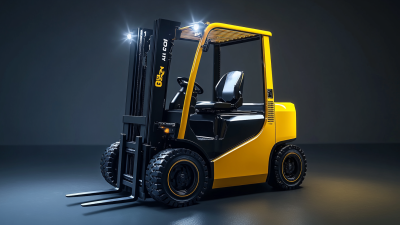
Surging Demand for Best Electric Forklifts Amidst US-China Tariff Challenges: A Manufacturing Resilience Story
-
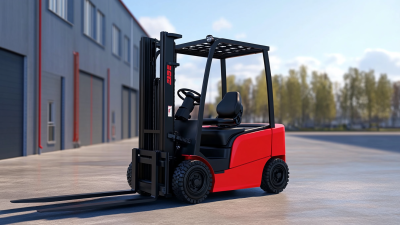
Ultimate Showdown of the Best Electric Forklifts in 2023
-

Understanding Global Standards for the Best Electric Forklift Production
-
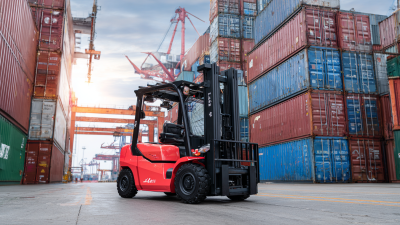
Understanding Challenges with Best Electric Forklifts for Global Buyers
-

How to Select the Right Towable Boom Lift for Your Project Needs
-
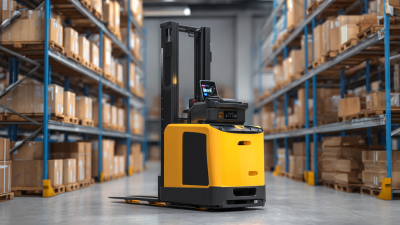
The Ultimate Guide to Choosing the Right Electric Pallet Jack for Your Business Needs
